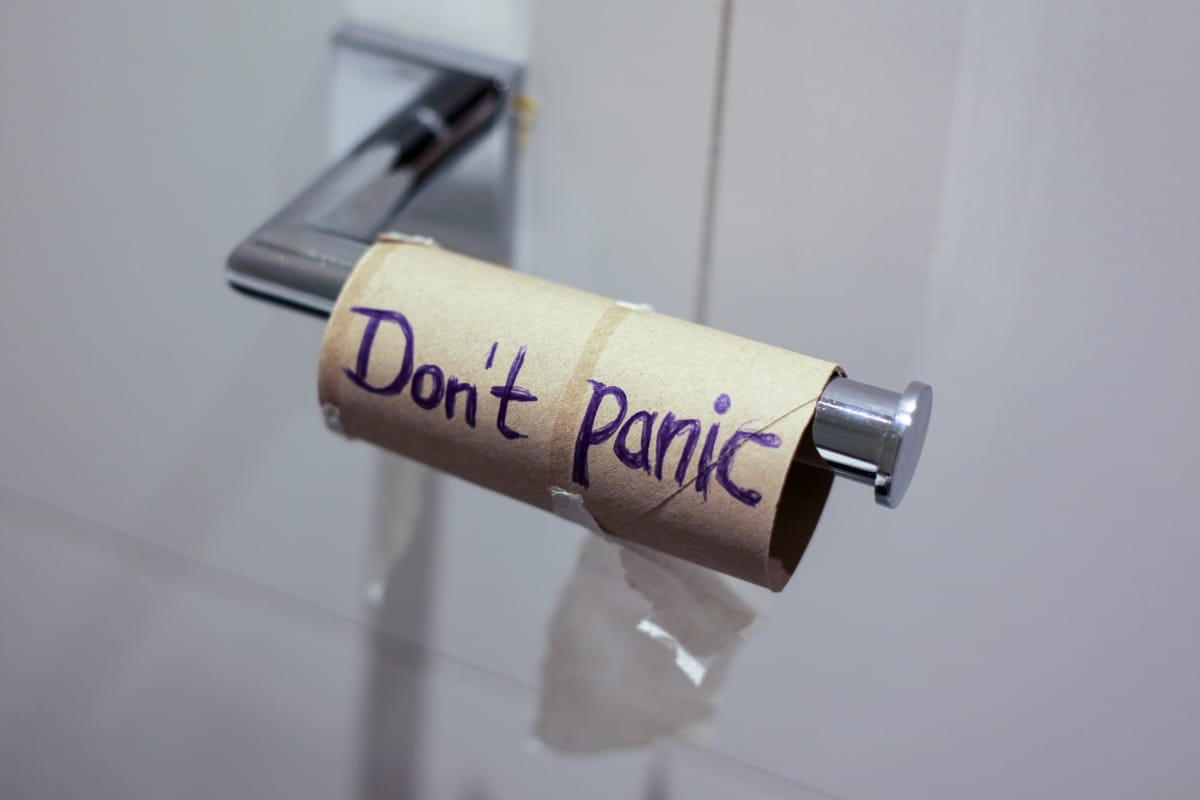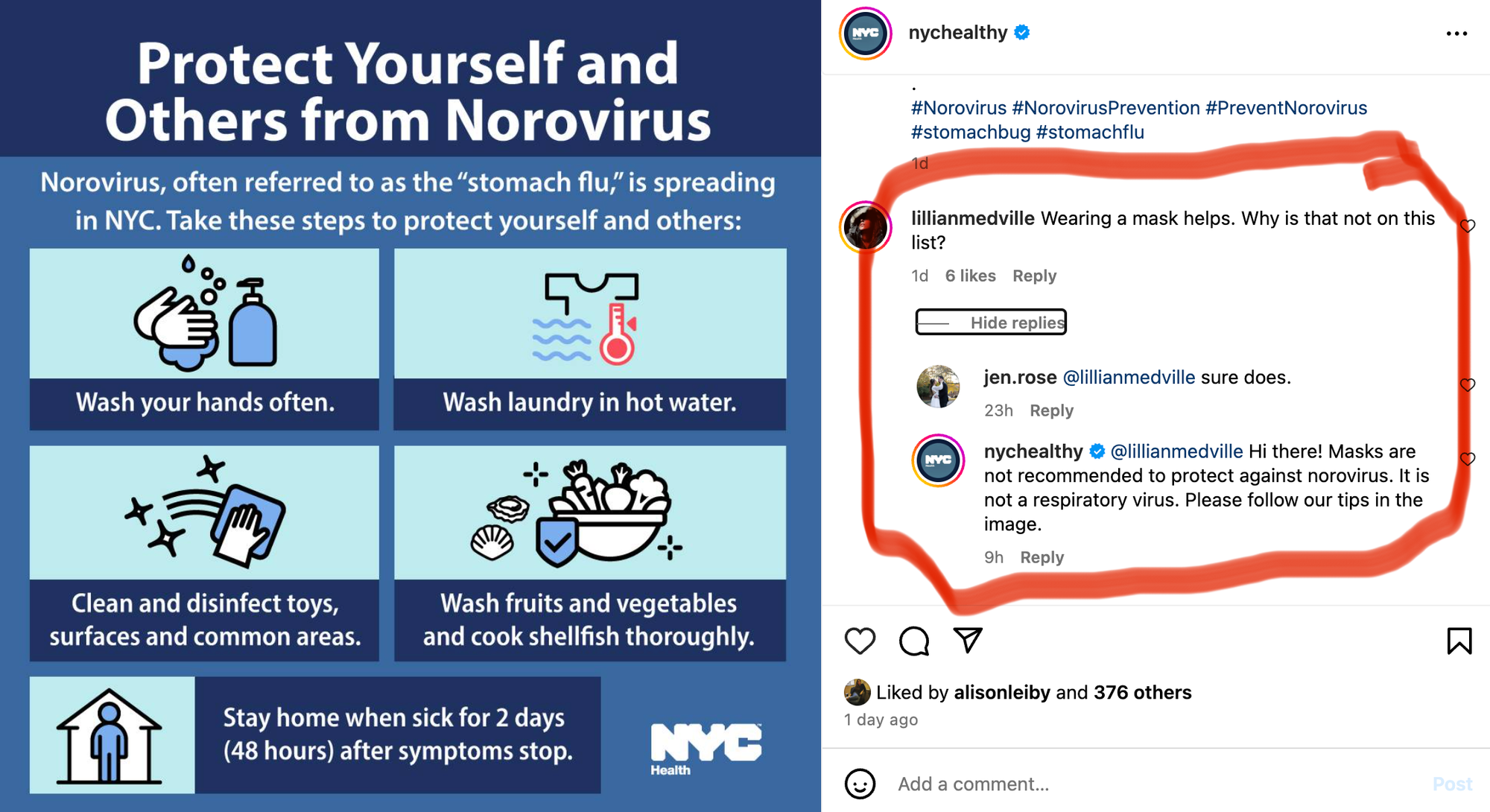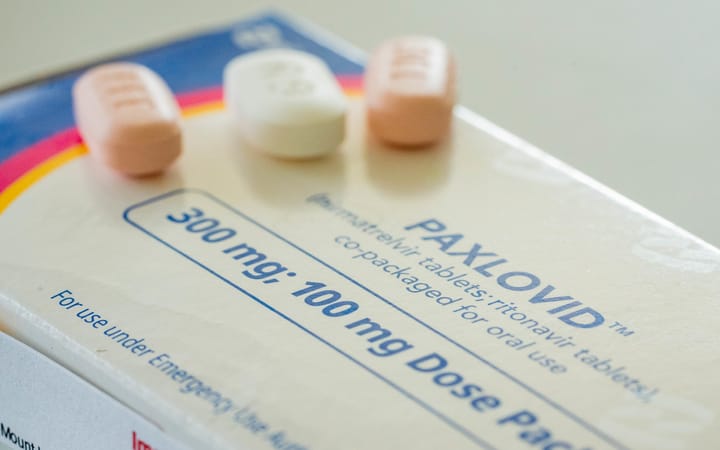PSA: Norovirus is surging, and protocols are very different than COVID
Your masks and hand sanitizer are no good here

I did not plan on this being my first published writing of 2025, but this week I’m coming to you straight from the trenches, better known as my bed, where I’ve been utterly incapacitated since Sunday with norovirus. That’s right, while some people out there are compulsively hemming and hawing about the theoretical possibility of bird flu, an outbreak that hasn’t even happened yet, a very real, potent viral evil already walks among us.
As you may have heard by now, New York City — like much of the U.S. — is smack in the middle of a norovirus surge — nearly triple the number of cases in December 2024 versus 2023. Also known as gastroenteritis or the “stomach flu” (though it has no relation to the flu), norovirus is the thing that’s always wreaking havoc on cruise ships, and symptoms are about as unpleasant as it gets, per the city’s Health Department: stomach pain and cramps; assorted violent nausea; fever; chills; muscle aches; total exhaustion. It sucks, you don’t want to get it, and you don’t want to spread it to anyone else.
Symptoms usually appear within 12 to 48 hours of infection, per the Mayo Clinic, and can come on suddenly, then last for one to three days.
A key thing to note here after years of COVID-prevention autopilot: some of the most important protocols on how to protect yourself and others from norovirus are notably different from the rules surrounding respiratory and airborne illnesses, so this is a good time to brush up on the noro-related specifics. And if, like me, it’s too late for you to prevent it, we’ve also got tips on how to get yourself through it in one piece and avoid spreading this curse to anyone else.

How to Avoid it
We’re not going to sugarcoat it for you, norovirus is famously contagious, and avoiding risk altogether is nigh impossible. But there’s a lot you can do to lessen those odds, and most of it is pretty common sense and doesn’t involve needlessly robbing yourself of a social life:
- Masks won’t help you: Like we said above, this is a different beast than COVID, in that it isn’t airborne (unless you’re, say, in very close proximity to human waste that contains the virus — sorry!). When it comes to protecting yourself out and about and in social settings, masks aren’t considered useful here, something my NYU urgent care doctor made a point of noting on our call.
- Forget hand sanitizer — it’s soap time: The CDC specifically warns that “hand sanitizer does not work well against norovirus,” and that you should be washing your hands frequently with soap and water for at least 20 seconds.
- Beware all surfaces: This sounds dramatic, but unfortunately, it’s accurate. Norovirus can live on surfaces for up to two weeks (versus COVID, which only lives on surfaces for a few hours or days), and this is the primary way the virus is spread. Years ago when I came down with something similar but didn’t think I’d eaten anything bad, a doctor friend casually told me, “Oh, you can pick something like that up from touching any subway pole,” a chilling fact that’s stayed with me ever since. (We see here again why frequent handwashing is such a good idea.)
Experts recommend regularly wiping down high-touch surfaces like countertops, doorknobs, the bathroom sink and your filthy little smartphone with a bleach-based household cleaner. Unlike during high pandemic when we all realized that washing random objects and grocery items was not really going to do anything, here, it’s useful.
In fact, I’ve got a topical blind item for this one. In my pilates class on Friday — when I was still among the living — a minor celebrity was also in the class, and I noticed that she brought her own wipes to wipe down all the equipment before class started, but also wasn’t wearing a mask, which I found to be kind of an odd juxtaposition of health safety behaviors. I now know [redacted minor celebrity] was simply following the protocol of the highly noro-educated. Or some other unknown motivation, I don’t know what goes on in celebrities’ minds. - Basic kitchen safety: In addition to cleaning surfaces and washing dishes and utensils in soap and hot water, the CDC recommends cooking any shellfish — which due to their status as living filters for the bacteria that lives in water, are frequently linked to outbreaks — to an internal temperature of at least 145°F (norovirus can survive temperatures below that). Wash all your fruits and vegetables thoroughly.
- Wash your clothes in hot water: As above, the virus can survive in relatively high temperatures, so if you want to be sure to kill it, you’re going to need to use the hot water setting.
How to survive it
So, you tried your best and the virus still got to you. It happens to the best of us, and you’re going to get through it. Here’s how:
- No gods, no medicine, no tests: Let’s rip the Band-Aid first: there’s no meaningful medication or treatment for norovirus, beyond over-the-counter meds like Imodium or Pepto-Bismol that might help alleviate some symptoms. My urgent care doctor also said that there was “no utility in testing” unless you’re in an especially high-risk group. Testing is also done via stool sample, which we’re guessing most of you aren’t interested in dealing with unless there’s a true crisis. You can pretty much put two and two together based on the symptoms, and even if it isn’t technically noro, the protocols for recovery are going to be the same.
- Stay hydrated: Sounds like a “duh” but it’s easier said than done when you’re wracked with stomach cramps and can’t keep anything down. It’s also the most important thing you can do to stay well while you ride this thing out. Good old-fashioned water works fine, but if there’s something else that’s more appealing to or works better for you (Gatorade, tea, or my personal anti-nausea MVP, Coca-Cola), go for it.
- Get a heating pad: This is just a personal rec, but I spent a full 72 hours with a heating pad on my stomach, and it sincerely made a big difference and was a comfort. If you’ve got one of those or a hot water bottle sitting around for back pain or whatever, don’t be shy about breaking it out now.
- When you start eating, take it easy: When you’re feeling well enough to explore the wide world of food again, keep it simple with non-greasy, carb-y stuff like dry toast, Saltines, anything that would fall under the BRAT diet category. Other than bananas, my doctor recommended “binding” foods only and avoiding the famously fiber-laden category of fruits and vegetables for a couple of days while your body gets itself back to normal.
- Stay away from people for another 48 hours: The city health department recommends continuing to stay home sick for two days after symptoms subside to avoid spreading the virus when you’re still highly contagious.
- Know when to bring in the pros: If your symptoms are lasting longer than two or three days, you’re seeing blood where there shouldn’t be any, or your fever continues to increase, it’s time to get thee to a doctor.
Having a new winter plague to contend with is never fun, nor is having to keep a whole new set of disease-prevention protocols straight in your brain. If you take anything away from this, let it be that masks don’t need to be the catch-all panic response to every single disease, and also, it’s really a good idea to wash your hands after you’ve been on the subway or out in the world in general. And if worse comes to worse, I’m here with some words of hope from the other side: I lived, bitch.




Comments ()